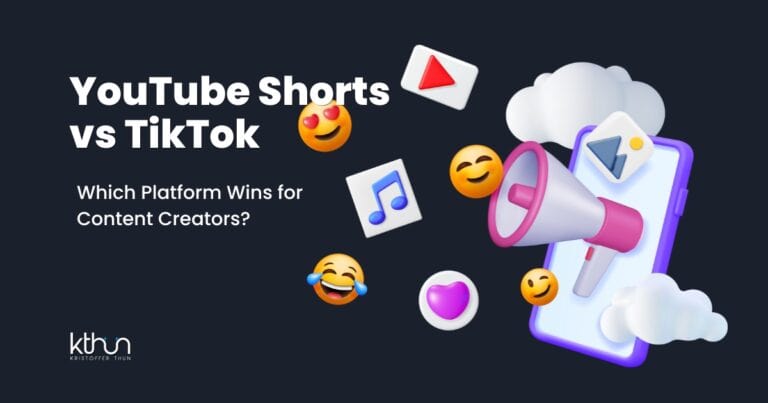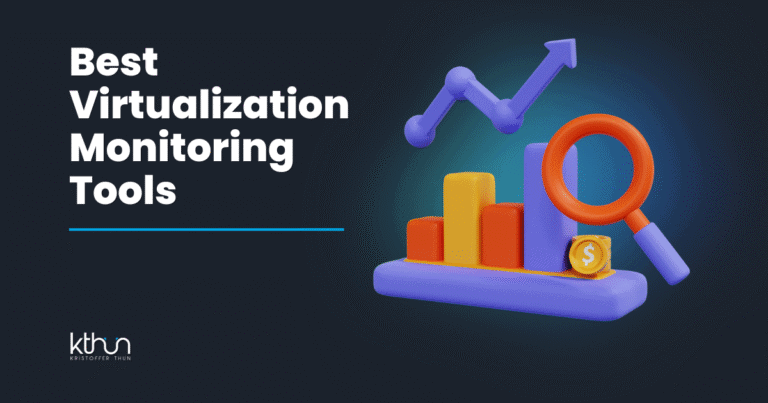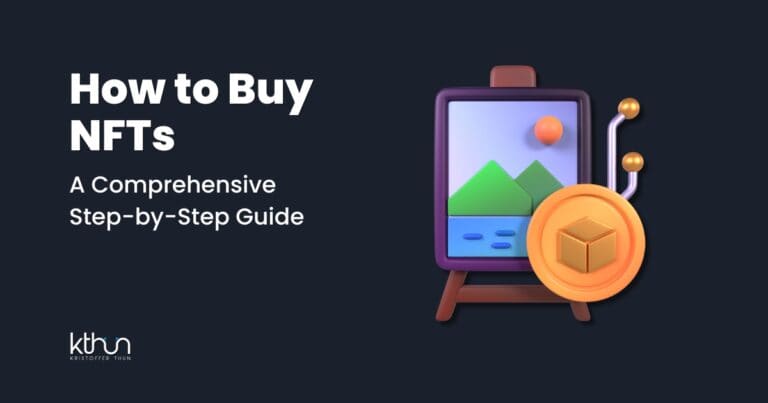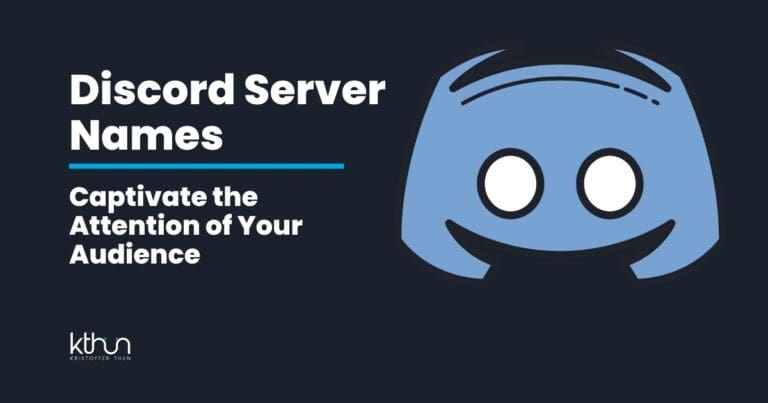In the fast-paced world of technology, keeping up can be a challenge. Right now, one of the biggest trends to watch is artificial intelligence (AI) with all the tools.
It’s more than just a trend; it’s a game changer.
But there is more…
As someone who’s navigated the twists and turns of the IT industry for years, I’m here to help you understand these changes.
We’ll explore AI and other significant tech trends to shape 2024.
Ready to get a clear picture of the future of technology?
Let’s dive in.
What Are The Technology Trends?
1. Blockchain Technology

You ever hear about blockchain and immediately think of Bitcoin?
You’re not the only one. But there’s more to blockchain than just digital money.
Think of it like looking through a kaleidoscope. Blockchain has tons of possibilities beyond just money. It could change things for your local coffee shop or even big global finance.
So, what’s the deal with blockchain? It’s like a super secure digital notebook.
Imagine if every time you bought something or proved you owned something online, it was super clear and safe, like putting it in a super-locked vault.
And here’s the cool part: it’s not controlled by just one person or company. It’s spread out, so things can happen faster and without extra fees.
People are saying blockchain could change the game, not just for money but for lots of everyday things.
We might be on the edge of a whole new way of living, thanks to blockchain. That’s the real power it has.
- A decentralized financial system (Defi)
- A decentralized autonomous organization (DAO).
- A place for social tokens (representing an asset or a specific use case and residing in its blockchain).
- A unit of value representing an asset or utility in digital form.
- Universal basic equality.
- A digital identifier, such as NFT (Non-fungible token)
- And interoperability and portability.
“What we are creating are digital sovereign states of various sizes.”
2. Generative AI and Everyday Automation

AI always steals the spotlight whenever I chat with my colleagues about the latest tech.
And honestly? It’s not hard to see why.
The leap into generative AI and automation has turned our work lives into a blend of awe and efficiency that we could only dream of before.
The advent of giants like ChatGPT by OpenAI, Midjourney, Stability AI, and many other tools has been nothing short of a rollercoaster. One minute, you’re marveling at the latest breakthrough, and the next, you’re trying to catch your breath, wondering how you missed the latest update.
Keeping up with AI news feels like running an endless marathon.
But picture this: a world where AI seamlessly weaves into the fabric of our daily existence.
It sounds like something straight out of a sci-fi flick, right?
Yet, here we are, watching this very scenario unfold before our eyes.
Sure, the road ahead for AI is packed with hurdles that need leaping. But the potential? It’s sky-high. The rapid evolution of AI isn’t just exciting; it’s creating a voracious appetite for minds who can tackle these challenges head-on, pushing the boundaries of what’s possible.
Now, imagine robots that don’t just dwell in industrial tasks but step into our daily lives. Cooking, brewing your morning coffee, or tackling environmental cleanup like scouring our oceans.
The day isn’t far when the question won’t be if AI can handle a task, but how we ever manage without it.
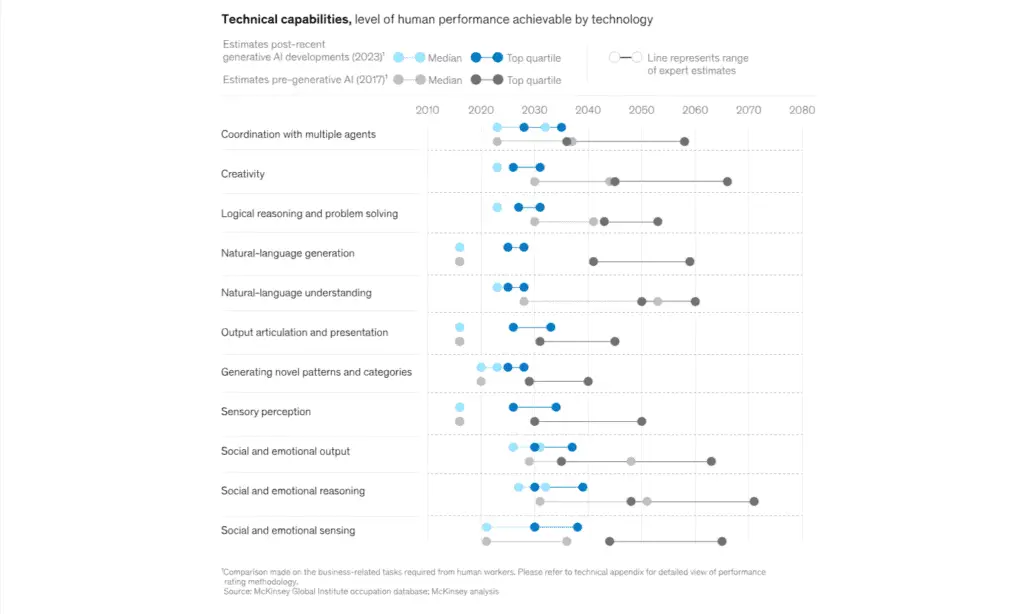
Source: Mckinsey
AI tools will also make more accurate and faster decisions than humans. In other words, AI will eventually become a new type of workforce.
A living AI robot using human stem cells?
With so many AI deepfakes, distinguishing between what is real and what technology creates will be more difficult. Tex deepfake podcasts like with Joe Rogan and Steve Jobs, all thanks to text-to-voice AI generators.
As we progress, old jobs will vanish while entirely new ones emerge. What makes us human- emotions and social behavior, our gift of profound connections, empathy, etc.- are becoming increasingly crucial for success in the times ahead.
“We’re heading toward a future where AI will make the majority of our buying decisions, continually surprising us with products or services we didn’t even know we wanted.
Or, if surprise isn’t your thing, just turn that feature off and opt for boring and staid. Either way, it’s a shift that threatens traditional advertisers, while offering considerable benefits to the consumer.”
3. Autonomous vehicles
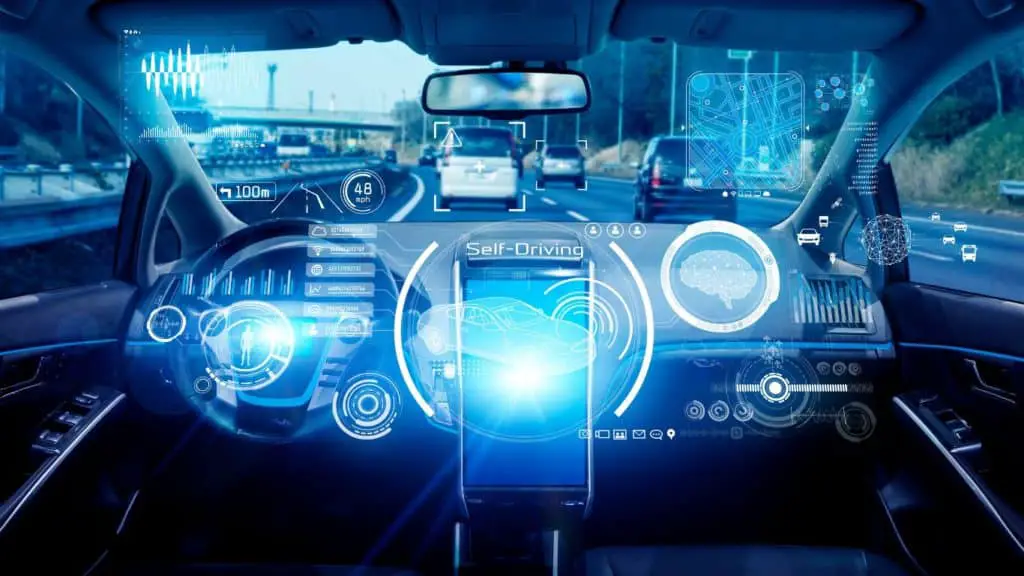
Guess what?
Cool changes are coming to how we get around! Soon, self-driving cars and trucks will share the roads with regular ones.
These special vehicles can make our trips safer, quicker, and more efficient.
But that’s not the only exciting part!
They’re also working on using this smart technology for farming. Imagine driverless trucks and drones helping farmers with planting and harvesting crops. How awesome is that?
And get this: in the not-so-far-away future, we might have taxis that can fly themselves!
That would change how we move around in cities. With all these cool ideas, the future of transportation is going to be anything but ordinary.
4. Internet of Things or IoE (Internet of Everything)

Our world is changing fast because everything is getting connected to the internet.
It’s not just phones and computers anymore; now, your fridge, oven, rings, TVs, and cars can all be connected too.
As technology gets better, so do things like fitness trackers that can help you keep an eye on your health. Soon, even your clothes might help you sit or stand better!
Staying in touch with friends and family has never been easier. Smart speakers and gadgets that understand what you say make talking to people far away simple.
Plus, this cool technology is getting cheaper and doing even more amazing things!
But, as we get more connected, it’s important to know that there are some risks. Bad things like data breaches and hacking can happen. So, we need to be careful and protect ourselves. Making sure our stuff is secure is super important.
Stay safe and have fun exploring this high-tech world!
5. 5G Technology

5G is a newer type of wireless technology. It’s faster and better than the one we have now, called 4G. It can help us do things on the internet way quicker.
With 5G, you can download movies super fast, watch live videos without interruptions, and get on the internet much faster.
It’s also better at using energy and can connect more things to the internet without slowing down.
Right now, not everyone has 5G yet, but it’s getting there. It’s going to change how we do things and make our lives different.
There are many new technologies coming up that will change the world. Some will be good, and some might be a bit tricky. As we go into the future, there are lots of exciting possibilities.
What do you think you’ll do with all these new gadgets and tech?
6. 3D Printing
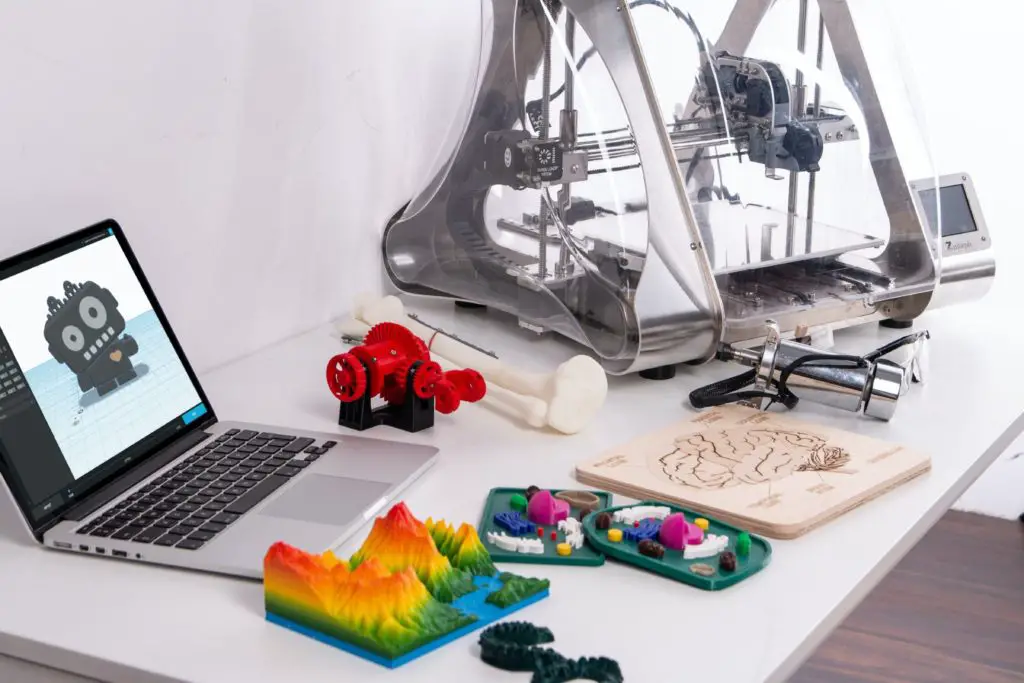
Three-dimensional printing has the potential to revolutionize many industries, such as healthcare. Also known as additive manufacturing, 3D printing is a process of creating physical objects from digital models.
In healthcare, 3D printing is becoming increasingly popular due to its ability to create customized prosthetics, implants, and other medical devices. It can also print human tissue and organs or personalized nutrients.
This new technology is changing the healthcare landscape and making treatments more personalized.
3D printing is also being used in manufacturing and construction. It can be used to create prototypes and customized parts. In construction, 3D printing is used to print houses and other structures.
3D printing is revolutionizing many industries, such as the stuff we need in our homes, and will continue to do so in the future. These are just a few examples of how 3D printing has changed the world.
7. Virtual Reality and Augmented Reality

Immersive technology has the potential to revolutionize how we interact with our world. From virtual to mixed reality, these powerful technologies are becoming increasingly accessible – but what exactly do they do?
Put, immersive technologies bridge the real and digital worlds so that users can interact with and naturally explore computer-generated environments.
Whether you’re training for something in a completely simulated environment or completing work-related tasks in real-time with overlaid 3D images, the possibilities for engaging with existing technology have genuinely become endless.
VR headsets are already available for gaming, but much more is coming down the pipeline, making this Standard Definition (sensing) obsolete!
From smart contact lenses that project screens directly onto one’s eyeball, offering AR capabilities without having anything else hanging on your head, to automatic doors opening when you walk past them while wearing these lightweight PoV viewers at home or work.
Also, with high-resolution AR, shopping for new clothes or furniture from home will become standard as you’ll see how these items look in your home before buying them.
But also, when it comes to clothing, you’ll be able to choose the perfect size without ever having to step into a changing room because the AI already knows your body measurements.
There may be a new trend of employees working from home in their private VR offices. This will be the new way to have face-to-face meetings without ever having to leave your home.
This new form of virtual shopping will increase sales for many businesses and may even lead to new types of companies that only exist in the virtual world!
8. Renewable Energy Solutions
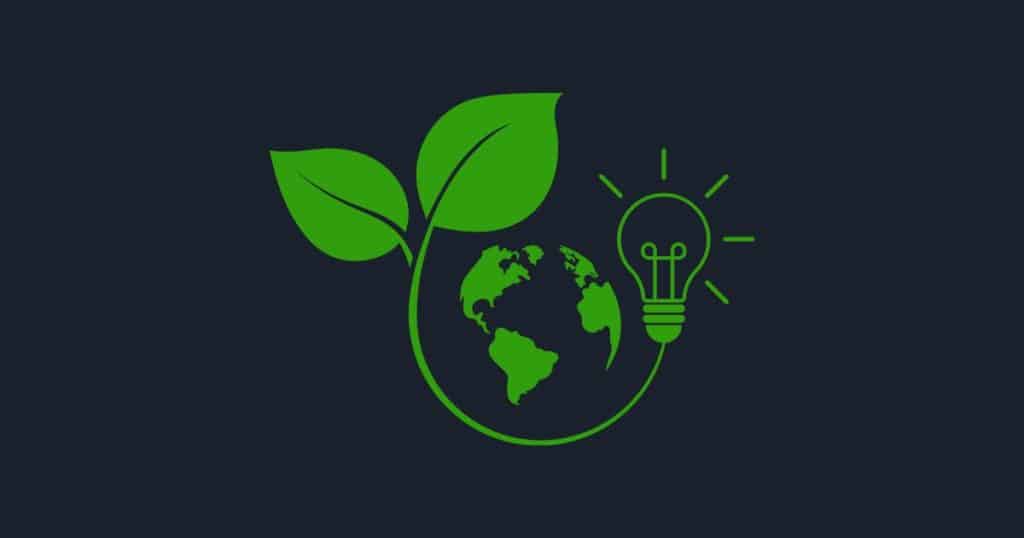
Green energy is one of the most critical issues facing our world today. With the ever-increasing demand for computing power and IoT devices, we must find sustainable and renewable energy sources.
Solar and wind power are two of the most promising green energy technologies. Solar farms are being built in desert areas, and offshore wind farms are becoming increasingly common.
However, one of the challenges with green energy is storage. Data storage halls consume a lot of electricity, as do blockchain facilities. This means that we need to find efficient ways to store energy to be used when required.
Green energy is an issue we must all work to solve to meet the increasing demand.
9. Edge Computing
With the increasing popularity of IoT devices, there is a need for edge computing. Edge computing is a new type of computing that brings data processing and storage closer to the point of action.
IoT devices generate large amounts of data that must be processed and stored. However, processing this data in the cloud can be expensive and slow. Edge computing solves this problem by processing and storing data locally.
Edge computing is becoming increasingly important as we rely more on IoT devices. It is estimated that by 2025, over 20 billion IoT devices will be used worldwide.
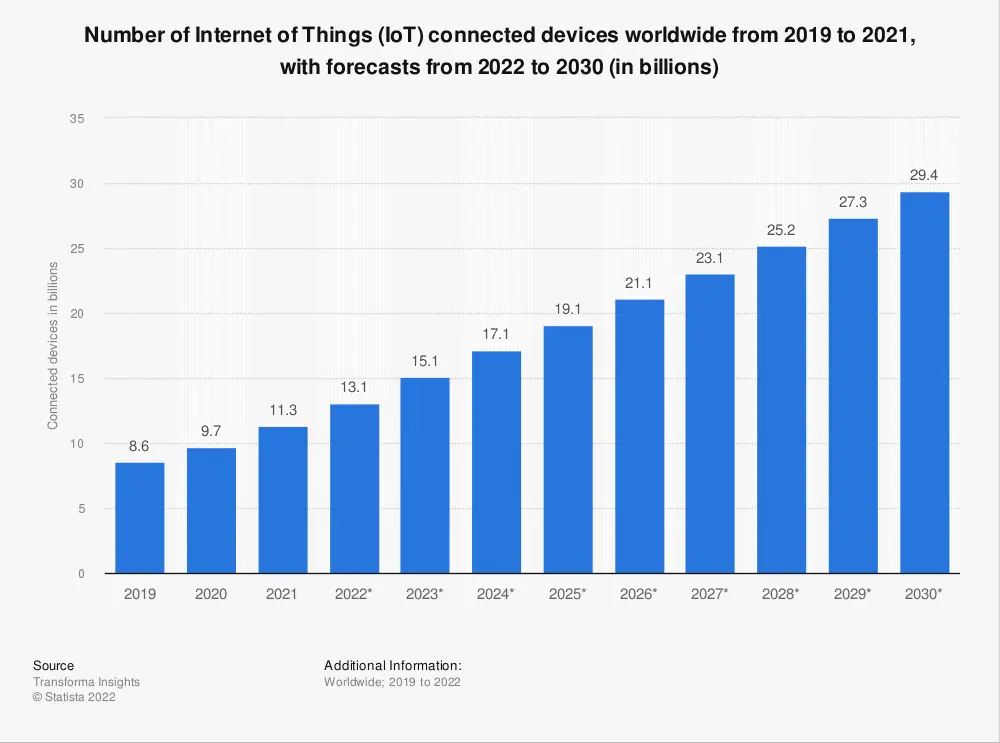
10. No Code tools
No-code tools are a type of AI tool that can provide coding suggestions or write code for software developers. They come in a wide range of different categories. While they can be helpful in some situations, they also have limitations.
For example, no-code tools cannot always accurately predict the desired outcome of a coding project, and they may not be able to handle complex coding tasks for now. In addition, no-code tools can be expensive, and their use may require a subscription.
Some developers use no-code tools to streamline their workflow or reduce coding time.
11. Cloud Computing

As the demand for cloud services grows, new technology trends, such as edge computing, emerge. Edge computing is a type of cloud computing that brings data processing and storage closer to the user.
This can provide many benefits, such as faster data processing and lower latency. Edge computing is becoming increasingly popular as businesses look for ways to improve their cloud operations.
12. Cybersecurity

Cybersecurity is more critical now than ever before. With technology becoming increasingly integrated into our lives, we are at risk for cyber attacks. Cybersecurity solutions are being developed to protect networks and systems from malicious attacks.
The most common cybersecurity threats include malware, ransomware, phishing scams, and social engineering attacks. Malware is a type of software that is designed to harm or damage a computer system.
Ransomware locks users of their computers or data until a ransom is paid. Phishing scams are emails or websites that attempt to acquire sensitive information such as passwords or credit card details
13. Quantum Computing
Quantum computing is a technology trend you should keep your eye on. It’s still in its early phases, but quantum computing could one day revolutionize how we use technology.
What is quantum computing? It’s a type of computing where data is processed using quantum bits instead of classical bits.
This makes it possible to perform specific tasks much faster than traditional computers. Some experts believe that quantum computers could eventually solve unsolvable problems for classical computers.
14. Digital Twins
Digital Twins is a super cool thing that’s changing how businesses do stuff all over the world.
It’s like having a virtual copy of anything – like a thing, a job, or a whole system – so we can look at it and figure out what’s happening in real time. This helps make things work better and catch problems before they become big issues.
This new way of doing things is a big deal in the world of technology. Even though it’s been around for a while, companies are just starting to use it a lot more now.
The ones using digital twins are getting ahead of others because they’re taking advantage of this awesome technology to improve things.
15. Web 3.0
The Semantic Web, or Web 3.0, is the decentralized web, the next evolution of the Internet. It gives users more control over their online tasks and interactions.
Web 3.0 is revolutionizing industries, including gaming, through decentralized technologies like dApps and NFTs based on blockchain technology – unlike the centralized structure of Web 2.0, which is owned by a few prominent companies that control all data.
Web 3.0 is revolutionizing our lives by allowing us to take back control of our digital experiences with no middlemen or surveillance. With the continuous changes in trends, many people wonder how to join this exciting journey.
It’s about making the internet fairer and more open. What if you owned your data and controlled your online identity, where you could make money from your content and access services without giving your info out?
That’s what Web 3.0 is all about! A more decentralized and user-centric internet, it’s a big trend, and it’s only getting bigger!
16. The rise of DAOs
Decentralized Autonomous Organizations(DAOs). These groundbreaking organizations are powered by smart contracts and a blockchain to provide an immutable ledger that can be programmed to facilitate various tasks without a central authority.
DAOs are here for the long haul, offering advantages such as improved credibility, authority, and transaction speed. However, its legal implications need further research before becoming widely accepted worldwide.
That’s a Wrap
Revolutionary technology trends, such as 3D printing, Extended Reality, and robotic process automation, will continue to shape our lives and work, leading to the emergence of new business models.
We must work together to find sustainable energy sources, especially with the increasing reliance on digital devices and wearables.
With AI’s help, no-code tools may become more popular as developers look for ways to streamline their workflow.
Genomics, which I don’t know much about, is also one exciting field in research right now, and it’s only going to get more interesting as we learn about how humans function at a genetic level.
Whatever the future holds, it is sure to be an exciting one!

